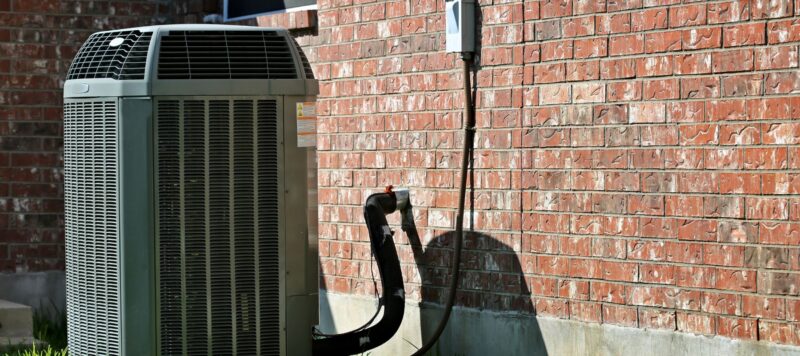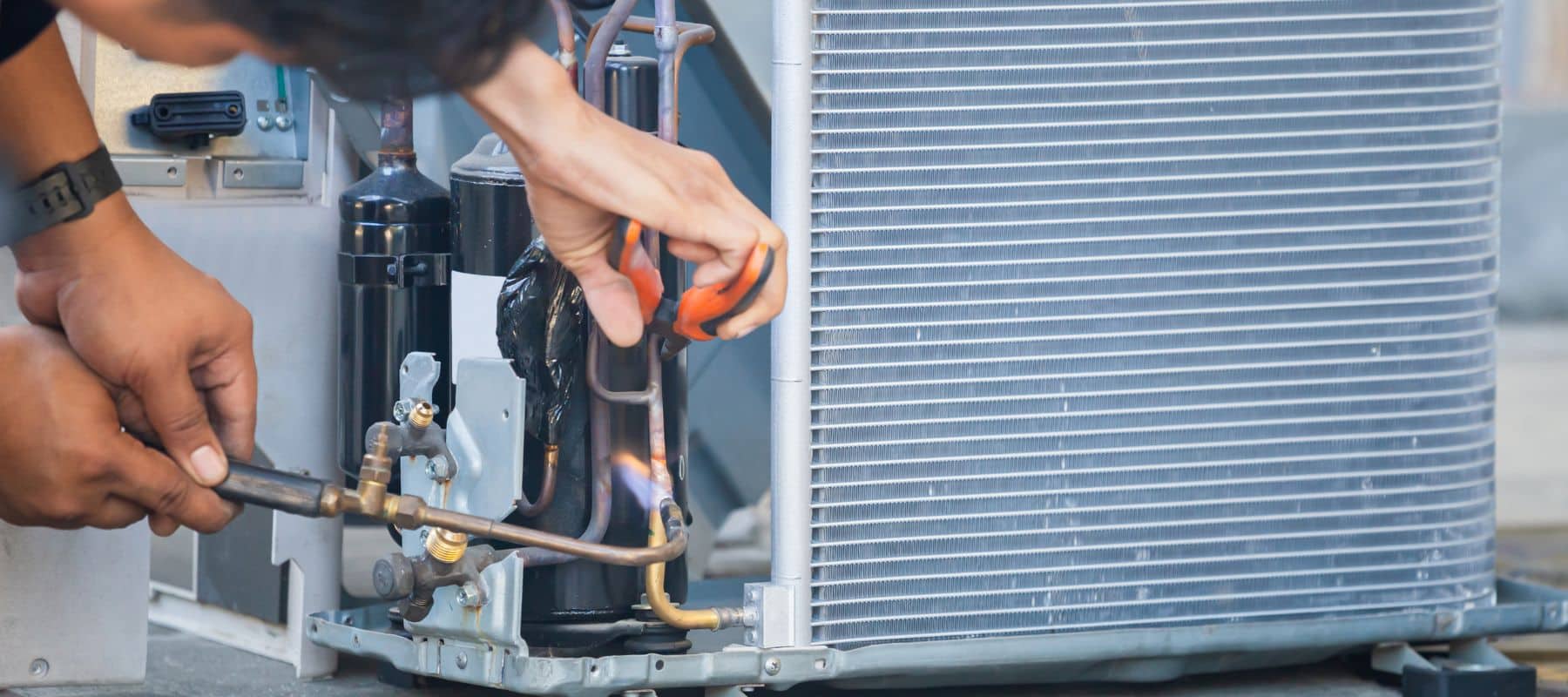
Air Conditioning
Everything You Need to Know About The R-454B AC Refrigerant Change
Service First AC: Supplying R-454B Refrigerant In San Antonio Service First Air Conditioning and Heating is committed to keeping you informed about…


